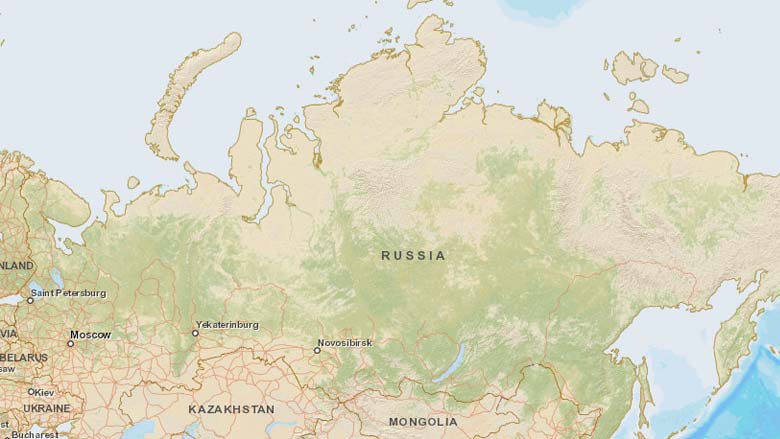Approach
Given Russia’s size and strong financial position, engagement with the World Bank Group has been selective and strategic. By working in partnership, the Bank has increasingly found innovative delivery mechanisms for the specialized knowledge services most in demand from Russian counterparts.
Results
Maintaining prudent macroeconomic policies. Russia saved large oil windfalls in reserve funds in the decade prior to the global financial crisis and also repaid a significant portion of its external debt, thereby reducing external vulnerabilities. This fiscal buffer helped Russia weather the crisis by financing a large stimulus package that stabilized the banking sector and contained unemployment and poverty. Moreover, fiscal reforms improved the use of expenditures through better budget planning and execution. The Bank’s analytical work and policy dialogue – for example, on long-term fiscal sustainability, performance-based budgeting, and periodic Russian Economic Reports – are supporting government efforts.
Making public administration more efficient. Several projects are increasing transparency and service orientation of public agencies for business and citizens. For example, in the Cadastre Agency, the number of land plot registrations has increasd to 45.4 million at the beginning of 2009 from 14.8 million in 2004. In pilot regions, the time needed to complete real estate transactions declined during the same period to 59 days from four months, and waiting time for clients was cut in half, to 59 minutes from two hours to 59 minutes.
Restructuring the health sector. Since 2003, Russian authorities, local institutions, and international partners have worked together to address Russia's poor health profile, yielding significant results, particularly in fighting tuberculosis and HIV/AIDS. With support from the World Bank, between 2003 and 2007, tuberculosis (TB) mortality declined by 18 percent and the rate of growth of HIV/AIDS prevalence declined by 5 percent. In the health reform project over 2003-2009, pilot regions with 2.5 million people (Chuvash Republic and Voronezh) significantly restructured health services.
Educating children for the global information society. The E-Learning Support Project increased competence in information and communication technologies (ICT). Seven pilot regions became leaders in applying ICT in education, leading to adoption by 30 regions. Since 2005, ICT skills of advanced teachers doubled, while the number of inexperienced users declined by 200 percent. Ninth graders performing above average on use of ICT increased to 63 percent from 48 percent. Benefits are equal in urban and rural schools.

